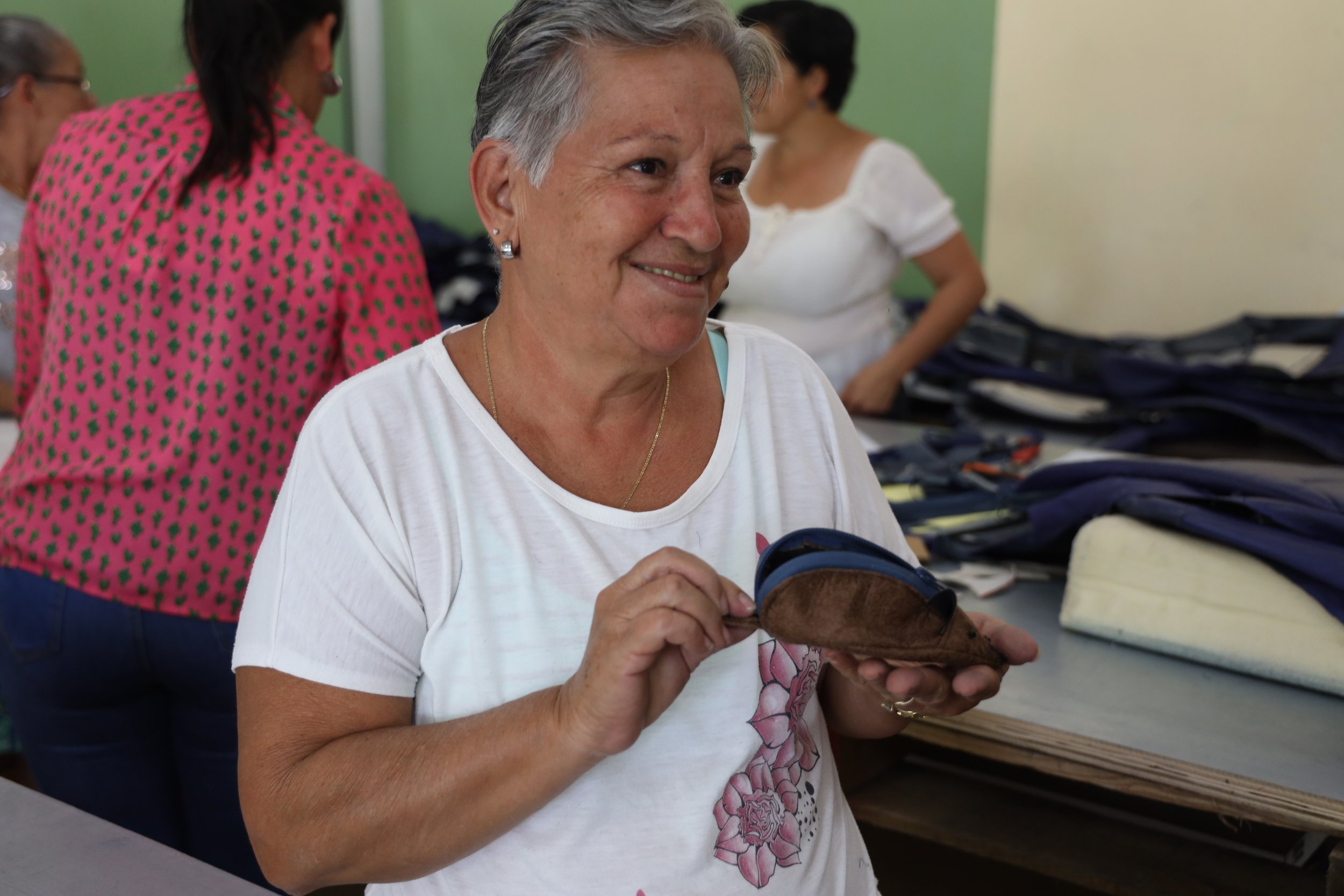Feeding a Passion for the Land
Robert Duncan
LSU Ag Leadership Class XVII
Travelers are starting to grow weary. But the sights, sounds and smells are definitely making it all worth it. We had an early start today, traveling east to the town of Turrialba where nestled in the mountains is CATIE, the Tropical Agricultural Research and Higher Education Center. CATIE is a postgraduate institution that is composed of 34 member countries.
LSU Ag Leadership Class XVII member Esther Boe was ecstatic to see the 6,301 species of plant seeds kept in the freezer at CATIE. They are stored at -20ºC or -4ºF.
We had warm welcome of coffee and pastry snacks, which is becoming quite the norm, before settling in to an overview of all of the different operations handled at CATIE by Dr. Vargas. We were able to see and learn about the 6000+ species seed bank they house. We then ventured into a space that was once a basketball court turned to a dance classroom and is now the location for their leather repurposing center. CATIE has a contract with Southwest Airlines to take their old leather seats and recycle them into various items. We were able to look at several they had on hand, such as purses, fanny packs, small duffle bags, even coin purses shaped like mice!
A woman learning how make leather goods from retired Southwest Airlines seats shows off a coin purse made to look like a mouse. The airlines retire seats every 10 to 15 years and CATIE sees this as a way to eliminate waste by making new products from the leather.
We then moved to the area where they have a small garden, likely around a half acre, housed right beside their dairy goats. They use the manure and feed scraps as fertilizer after it has composted for 7 months. The garden supplies some of the locals and employees. We finished up there and headed to the cafeteria for a typical Costa Rican lunch; rice, beans, beef or chicken and plantains. Dr. Bobby Soileau warned us that after 13 days, none of us would want rice or beans for a week or two, and I’m starting to think he was right.
Members of Class XVII take pictures and pet the goats at CATIE as they eat the browse taken from the experimental farm. The goal of this process is to allow small farmers to raise livestock and grow crops with little to no waste or inputs.
We left there and Dr. Vargas told us it was time for a siesta; as long as we could squeeze it in in 5 minutes, just long enough to drive to the livestock operation. We got to tour their dairy and beef barns to see how they raised and rotated their stock. We were also introduced to their genetics of Brahman and Jersey, and briefed on why they use them.
The class was so fortunate that we showed up to the greenhouses when we did. We were able to help them unload a pick up truck full of cacao plants that were being moved so they could start the process of grafting. They use rootstock of proven genetics and graft different varieties to them as part of their research. It was very similar to citrus or pecan grafting we see back home. We toured the cacao plantation and were able to taste the fruit before being shuffled back onto the bus for one more stop.
LSU Ag Leadership Class XVII member Robert Duncan helps unload the root stock for grafted cacao trees. CATIE is working to keep the cacao tree viable as new pests and disease move into Central America.
We finished the day at the botanical gardens with a walking tour. It was truly amazing to see the variety of species that have been brought to this small oasis from every corner of the globe.
The hour and half drive there and back was worth being able to spend the day surrounded by things that everyone in this class can relate to on some level. It’s why we’re all here. This passion for the land and the work we do, and being able to experience it with 30 of our ‘new’ closest friends only makes it better.
LSU Ag Leadership Class XVII poses for a group photo in front of the experimental cacao farm at CATIE.





